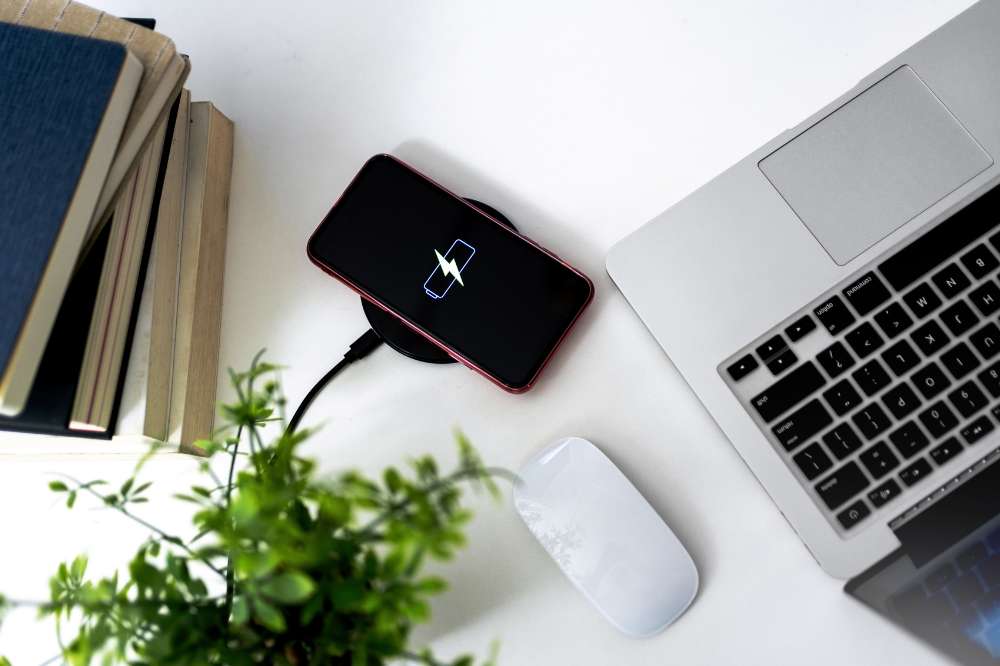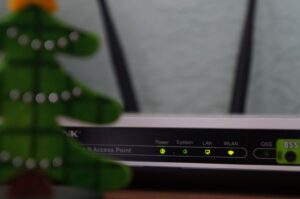In recent years, hybrid work has become increasingly common. However, weak signals might make it difficult to work on computers, stream movies, or make video calls outdoors. It makes it harder to connect to WiFi in outdoor areas.
Outdoor signals also encounter challenges that affect WiFi strength. Factors affecting outdoor WiFi signals include obstacles such as trees, buildings, and topography. The farther the router, the weaker the strength.
Weather conditions such as rain and snow absorb or scatter radio waves. Solar radiation also can interfere with wireless communications. Understanding these parameters is critical for improving outside WiFi signal quality, replacing routers, and increasing range.
To extend the WiFi range outside, the type of environment you want to use will determine what method to put in place. Available equipment and desired outcomes will also determine how you’ll do it. WiFi range can be extended outdoors without much money and doesn’t necessarily require technical abilities.
No products found.
There are various ways to increase your signal. However, when expanding your WiFi signal, you should examine the situation, know your do’s and don’ts, and make an informed selection.
Signal Strength Analysis

Survey your outdoor area. You can access the WiFi signal by identifying the location of your router. Create a map or diagram to identify weak signal areas and devise strategies for improving WiFi coverage. Inspect your equipment for physical damage. Weak signals indicate distance or the presence of interference.
Address any weak points by using the following methods:
1. Optimize Router Placement
The location of your wireless router or access points will determine the strength of your WiFi connection. Most routers send out omnidirectional signals, while sectioned access points are usually kept for commercial situations. To ensure uniform coverage, your router’s access point should be in the center of your home.
Real-world conditions, however, might make positioning difficult, especially in outdoor settings. With the antennas shooting out, the router’s aesthetic properties may interfere with settling for a location. Some people prefer to hide them from other’s views.
To extend your WiFi range, move your router closer to your garden, but avoid direct sunlight to prevent overheating. However, this method cannot be considered a long-term solution. It may affect your home WiFi connection, especially if many users use it.
2. WiFi Extenders or Repeaters
These devices are capable of amplifying and extending your network’s range. This helps to reach places that were initially out of range.
Extenders should be placed at a midpoint between the two to bridge the gap between the router and the outside area. Invest in outdoor-rated versions and check signal strength to ensure maximum effectiveness. Altering the positioning of extenders from time to time can help to ensure constant connectivity.
Extenders are cost-effective and are easy to set up and configure. You can use them to boost your WiFi signal without needing extra calls. However, they only allow limited coverage.
You may also experience signal degradation due to interference or obstructions. The quality of the extenders and the strength of the original signal are also huge determinants of general performance.
3. WiFi Mesh System
The system contains many access points around the outdoor area. They are also called nodes. Unlike extenders, the mesh system nodes interact with each other to create a mesh topology. Each node has its function as either a transmitter, a router, or a receiver. This ensures efficient and effective data relay.
The mesh system lets phones or laptops connect instantly to the nearest mesh unit. It offers a single network, eliminating the need to reconnect to WiFi when you move from your initial position or go outdoors.
This is unlike the router and extender setups, which have two networks that require constant switching when moving around.
Setting up a mesh WiFi system is quite straightforward. It is like most systems, featuring intuitive setup wizards and smartphone apps. They might be costly, but the installation is easy for beginners.
Access points provide wider coverage over a larger area and allow more simultaneous connections. There is also more flexibility in network configuration. Although they allow higher data transfer rates, they are more expensive than WiFi extenders. Extra costs may also occur because they require Ethernet cabling for connection.
4. High-Gain Antennas
These antennas are specifically built to boost WiFi signals. They work by enhancing the range and penetration of WiFi signals. Directional antennas, unlike omnidirectional ones, concentrate in certain directions. This allows for greater coverage over longer distances. They are useful for targeting specific outdoor zones and overcoming obstacles.
Sector antennas can cover larger areas than directional antennas. This makes them more suitable for wider outdoor spaces.
The design features of high-gain antennas include a larger size, a higher gain, and improved directional properties. Their extended coverage range also helps them to cover outdoor areas. This can happen without having to sacrifice signal quality or reliability.
Installation of these antennas may need professional help because of the technical controls. Also, for optimal performance, there is a need for adequate configuration.
5. Waterproof Equipment
It is important to consider the waterproof capacity of equipment before installation. This property ensures a lasting life for your equipment.
It shields them from weather elements like temperature and humidity, increasing security. Any equipment with an IP (Ingress Protection) indicates resistance to dust and water.
Other factors, like temperature range and build quality, should also be considered. They will guarantee longevity in harsh outdoor conditions.
6. Router Upgrade
Upgrading your router is especially helpful in an outdoor environment. A router upgrade will increase the range and performance of your WiFi network, further boosting its dependability and security. New routers come with advanced features like antennas and improved transmission power.
7. Powerline Adapters
These can be used as a last resort if all others are not working. They are not as effective as extenders, but they are less expensive. Powerline adapters can extend signals using in-wall electrical cabling.
However, they may overheat at covered outdoor outlets. These temporary solutions include interior WiFi powerline adaptors like the Zyxel Powerline series, which provide limited outdoor coverage.
Other troubleshooting methods include:
- Shift WiFi channels
- Reset or reconfigure your router or outdoor extender
- Update firmware
In all, these strategies will ensure optimal coverage, signal intensity, and security.



